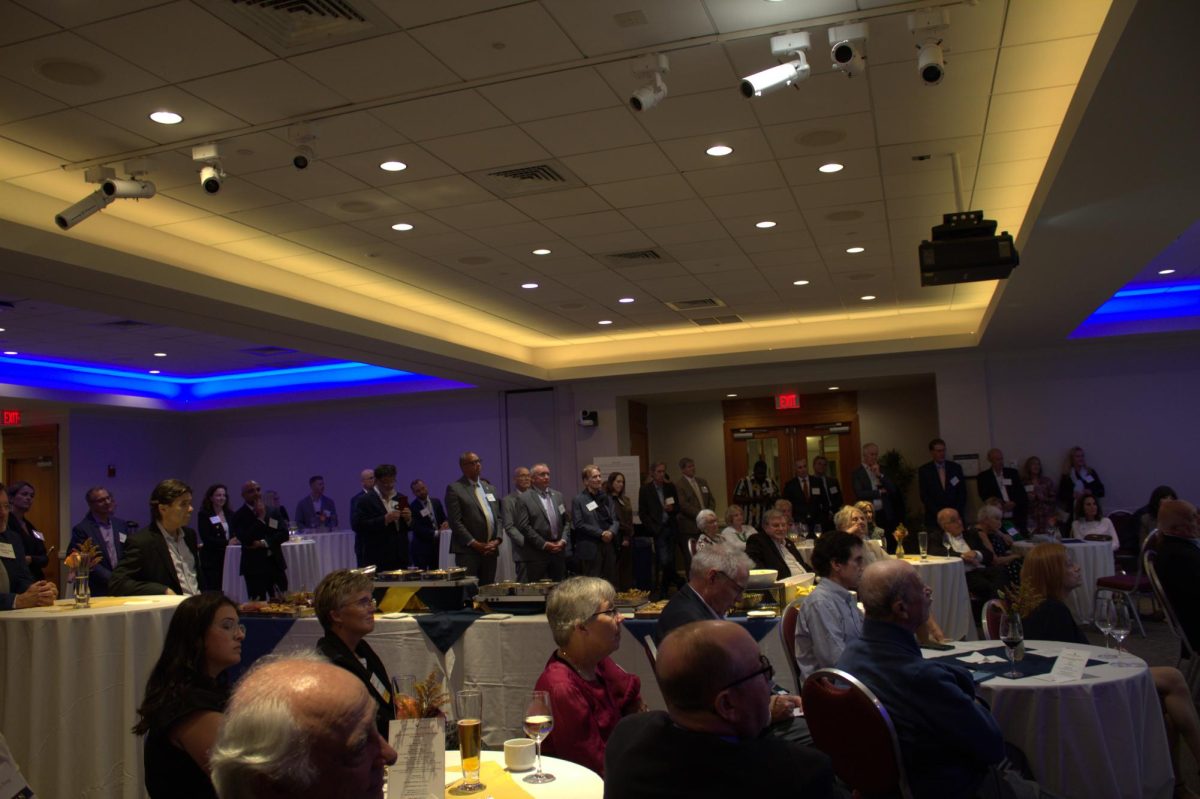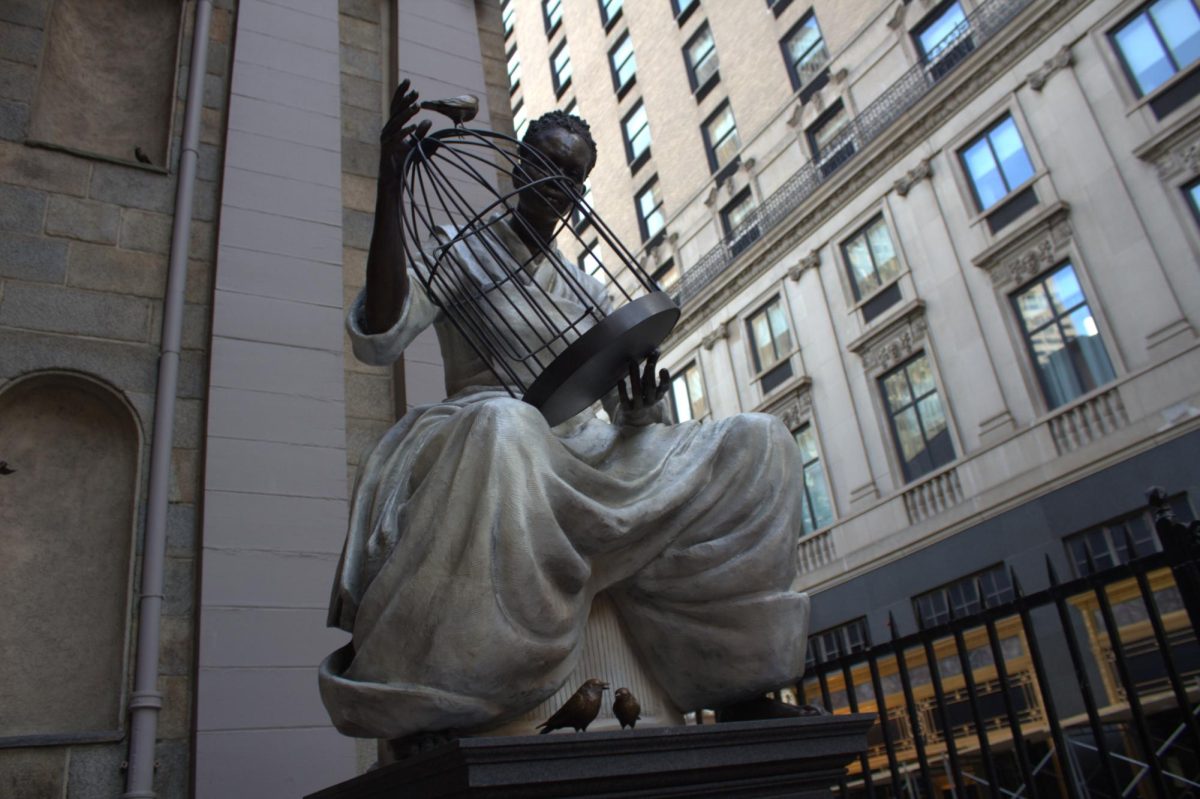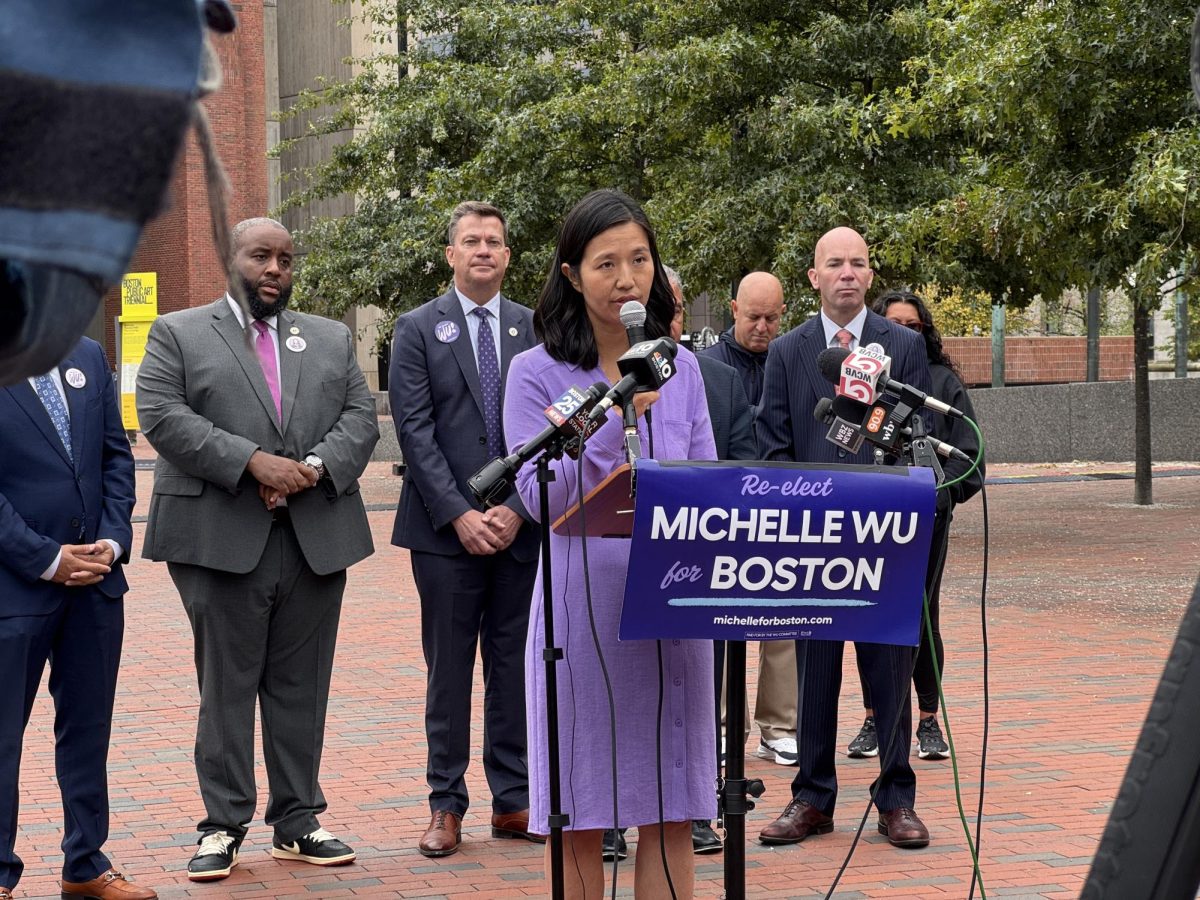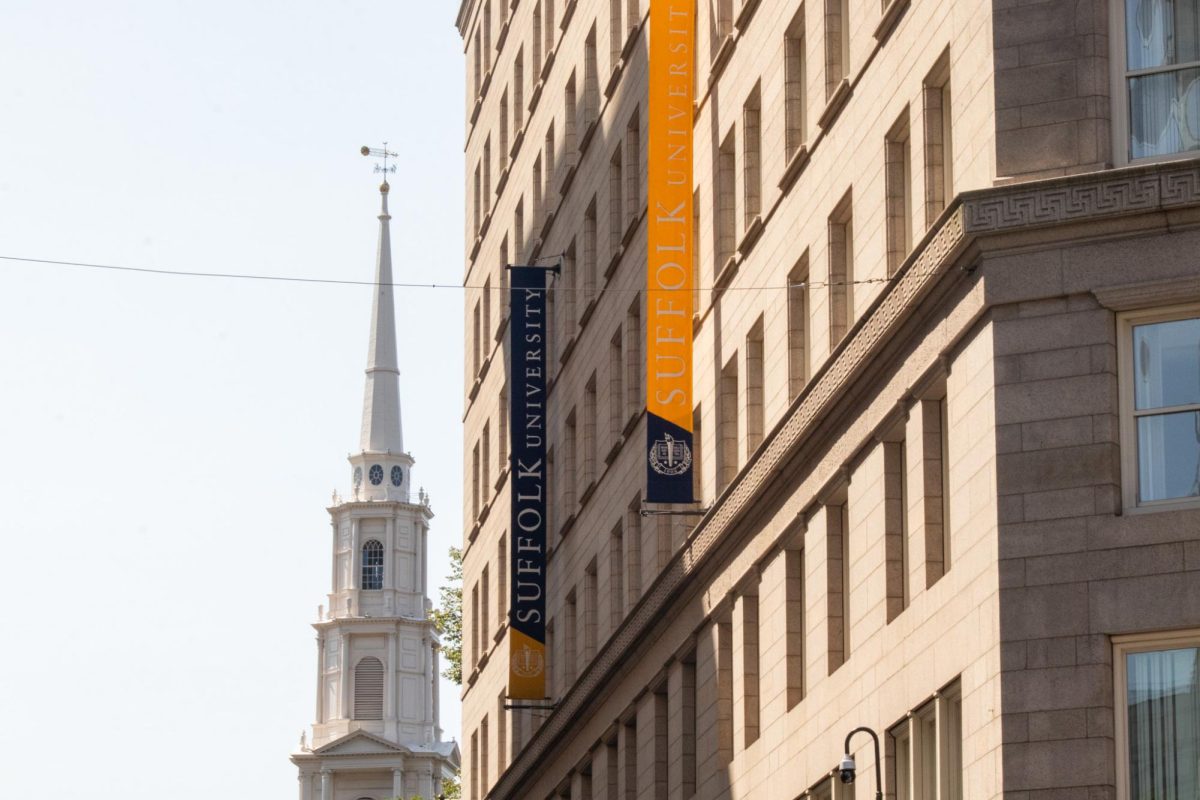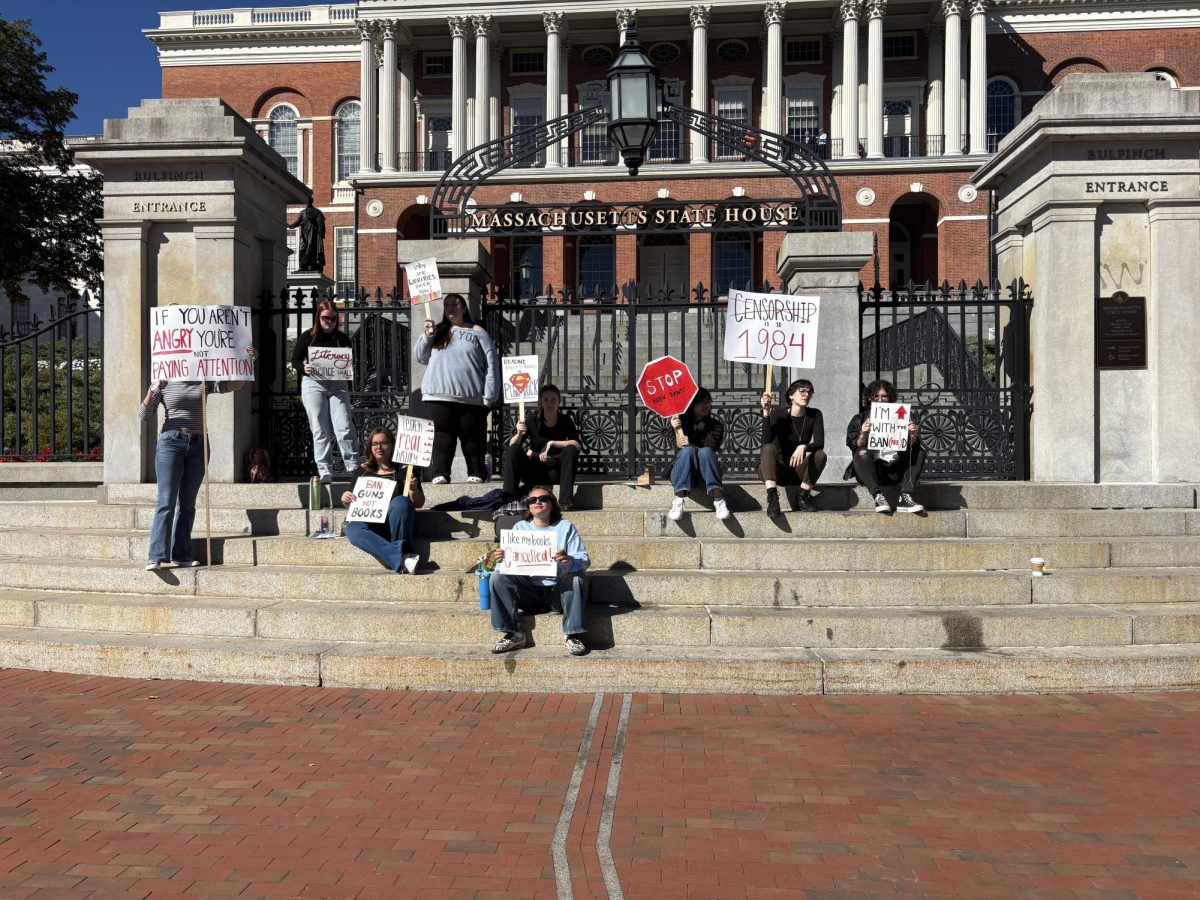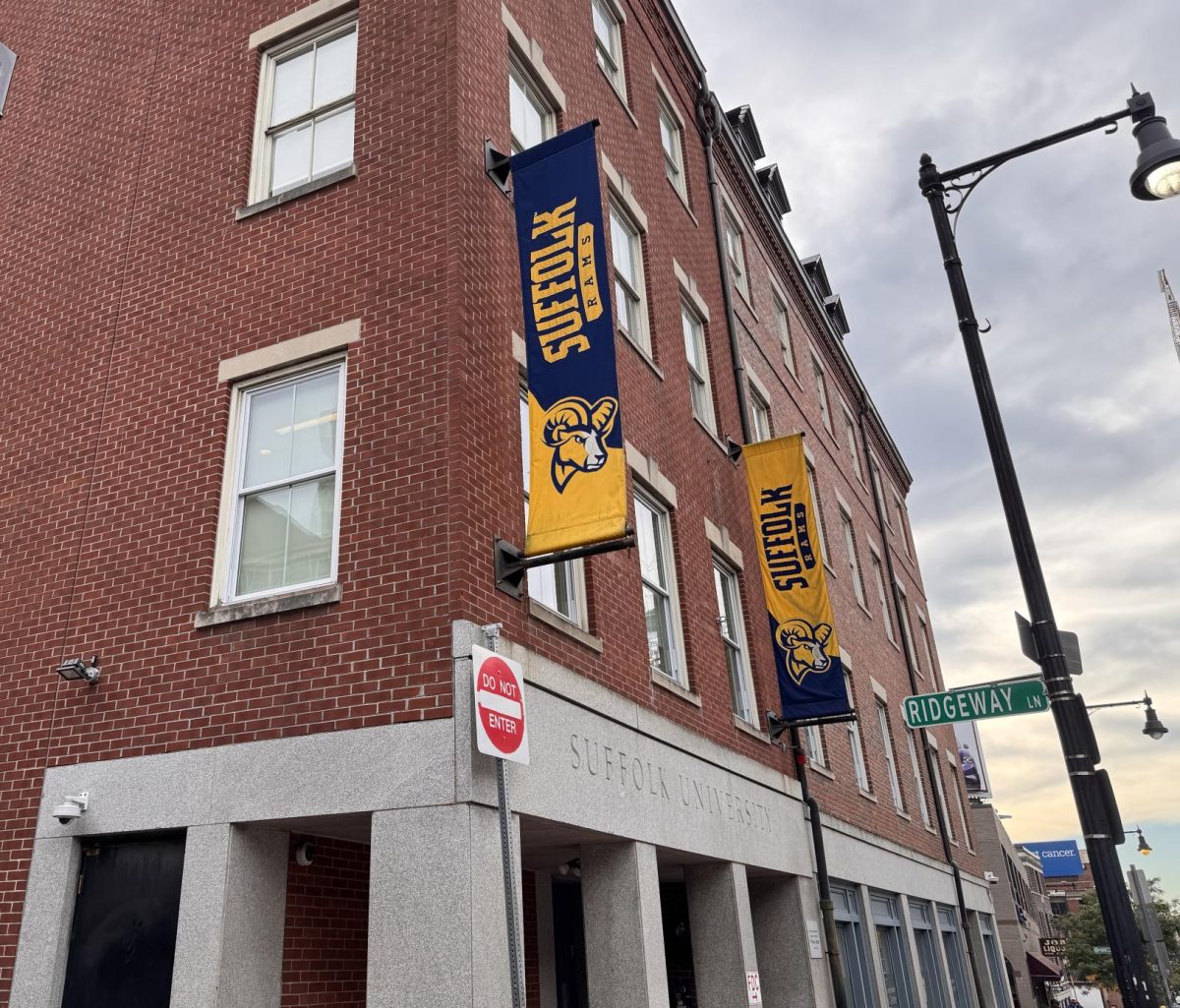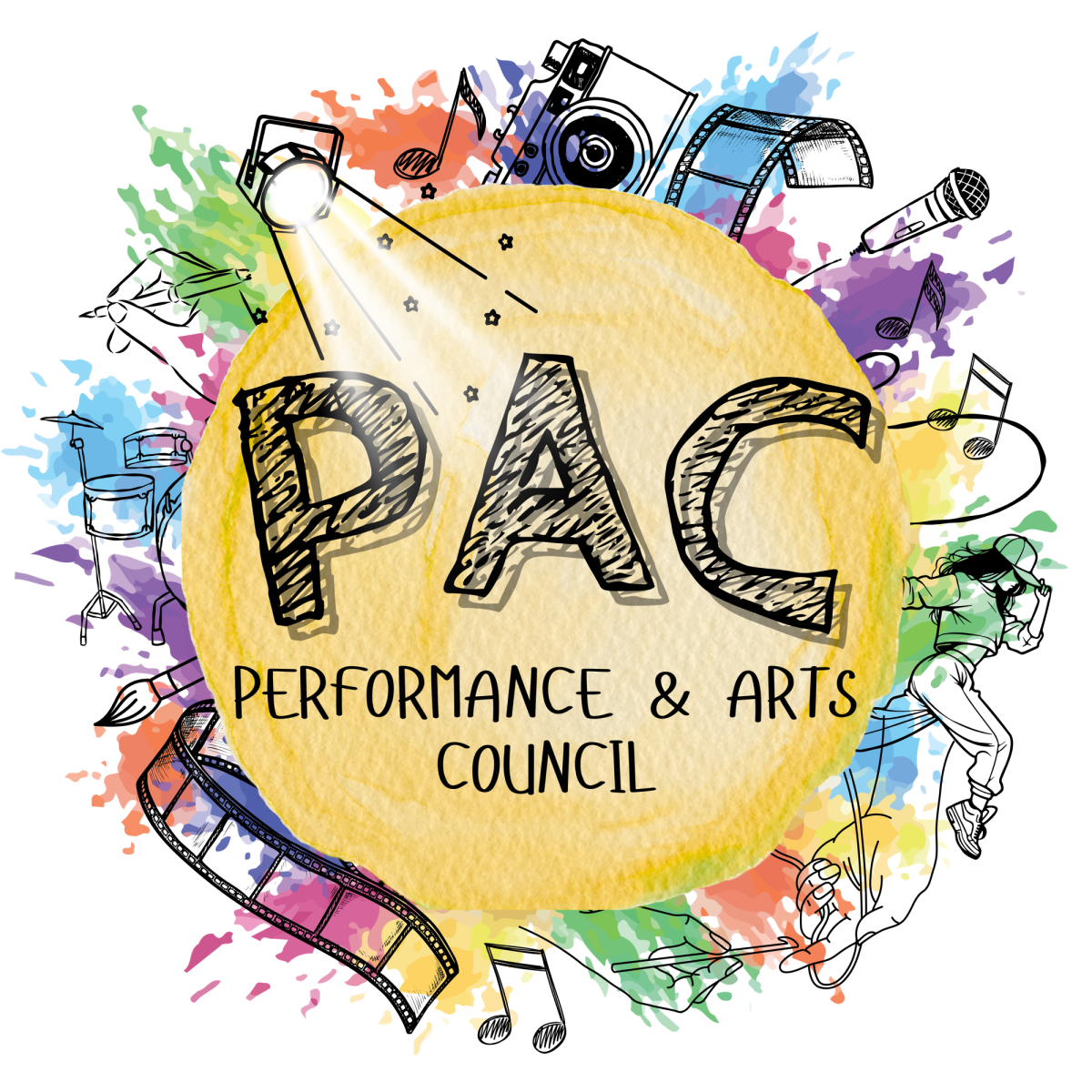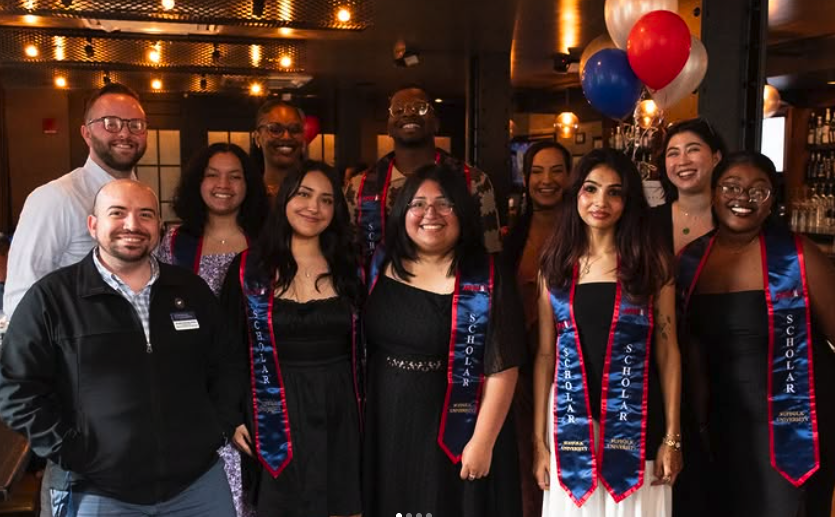Suffolk University President James McCarthy unveiled the school’s strategic plan for the next five years this past week, revealing several changes on the horizon.
A 15-member committee of current faculty and students developed the entire plan. The president voiced his approval of the plan at the unveiling, adding “only five lines were added in the editing process, which were only to emphasize something that was already written.”
The 25-page plan begins with a letter from McCarthy, who explains, “our challenge is to take that ethic and build a cohesive organization that best serves our students, our alumni and the wider community.”
One of the ways in which the plan looks to build that cohesive organization is to have each of Suffolk’s three schools (College of Arts & Sciences, Suffolk Law, and Sawyer Business School) working towards the overall school plan.
“We want to have a sense of one university with three distinct features,” McCarthy said. The school has already begun this process with the new brand style. All feature the same flame and shield as the main university logo does, but with a distinct color that represents each department instead of the traditional yellow
In addition to creating cohesiveness for the university, the strategic plan also focuses on changing the approach to the enrollment of new undergraduate students. The committee decided that Suffolk must “attract, enroll, retain and graduate an increasingly selective student body,” as stated in the document. McCarthy elaborated on this point to an extent during the presentation, explaining that the school must “increase the application pool by one to two percent per year and decrease acceptance rate from 78 percent to 70 [over the next five years].”
In recent years, Suffolk has lead the way in terms of highest acceptance rates among Boston-area schools. According to U.S. News, the school’s 78 percent acceptance rate is higher than that of nearby schools such as Boston College, Emerson College, Boston University and UMass-Boston.
The new plan hopes to award this selective group of admitted undergraduates with a higher amount of financial aid and “increase the percentage of introductory classes taught by full-time faculty.” Suffolk hopes to be able to award more financial aid to incoming students by increasing the amount of donation rates by alumni, which currently sits at five percent according to McCarthy.
“We’re almost completely tuition-dependent and we need to get away from that,” the President added.
The reasoning given behind the increase in full-time faculty-taught intro classes from McCarthy was that the school wants to develop relationships between the students and staff early on.
Easily the biggest news item to come out of this new plan however, were the plans regarding the 20 Somerset St. building. McCarthy explained at the very end of the 85-minute town hall meeting that Suffolk “will complete the plans for an academic building at 20 Somerset.”
The building is planned to be exactly 100,000 sq. ft., which will hold science and general-purpose classrooms and a cafeteria. The current idea is to relocate all Ridgeway, Fenton, Donahue and Archer classes to 20 Somerset.
“We are literally space-constrained, we’re landlocked and we have to do something about that,” McCarthy explained.
This may not mean the relocation of all classes however, as the strategic plan specifically states that all departments not listed as areas of strength or growth for Suffolk will be evaluated. The document lists 19 departments that will be exempt from evaluation, with McCarthy adding “we can’t be all things for all people.”
The plan hopes to restructure the physical appearance of the school with the addition of 20 Somerset and also what Suffolk will focus on academically. The entire document is available to view online via the school’s official website.




